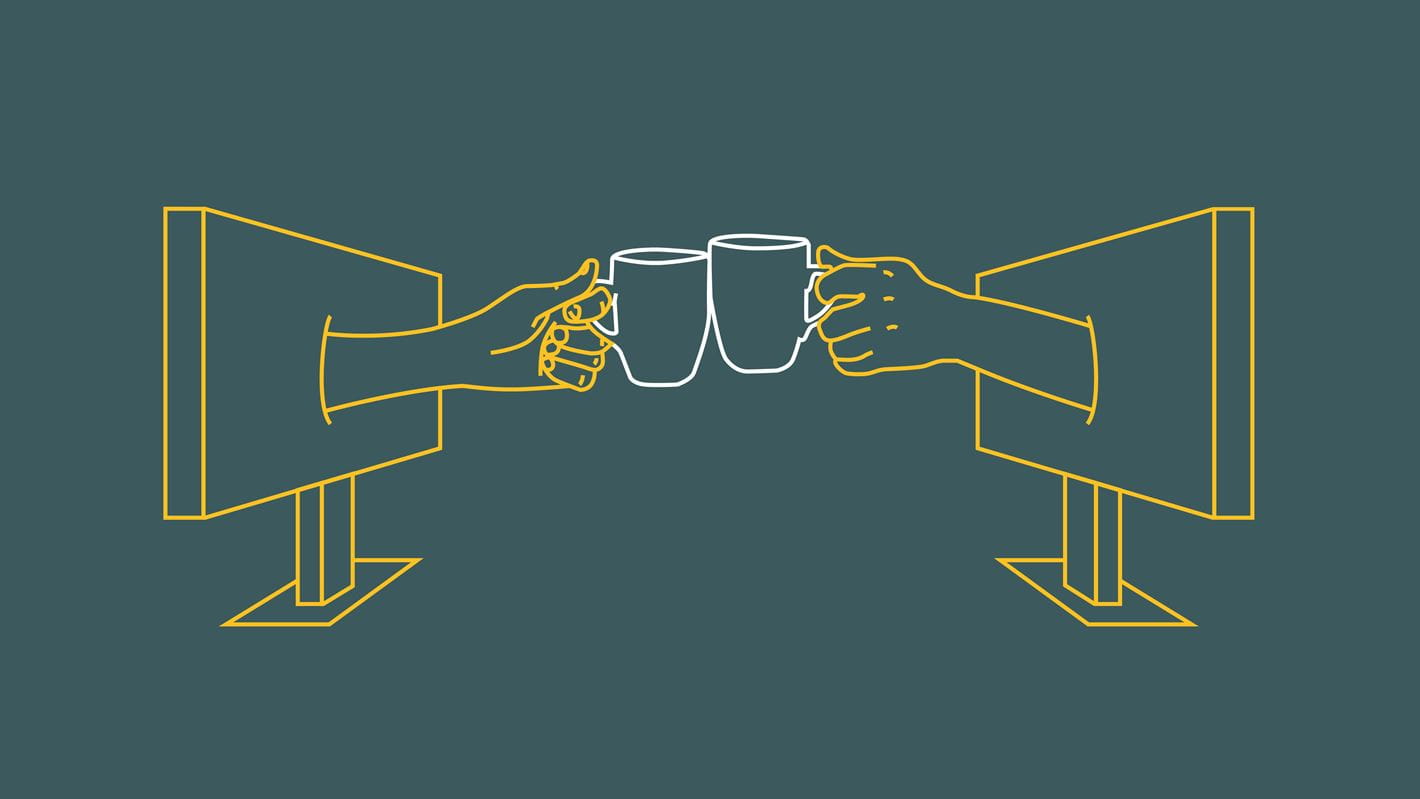Creative confessions from COVID confinement

Over the past few weeks, we at Sid Lee have been finding new ways of meeting our clients’ needs by tinkering with our creative processes. Even under normal circumstances, how we create is ever evolving, but while working from home we noticed some significant shifts in the way we operate.
Here, three of our experts—design director Marie-Elaine Benoit, executive creative director Jean-François Dumais and creative director Vincent Ramsay-Lemelin—share some tips for remaining agile, adaptable and inspired during these most unusual of times. This advice initially took the form of a panel discussion presented on Zoom to more than 100 Sid Lee creatives.
01 — Maximizing your time means there’s more space to create
Put another way, you need time to think to be able to create, says Marie-Elaine Benoit. To stockpile precious minutes, she starts each of her one-hour meetings by announcing her intention to leave at the halfway point. That way, everyone does their best to remain concise and the overall gathering time is slashed by 50 percent. What’s left can be devoted to the creative process. Vincent Ramsay-Lemelin’s suggestion is to then improve that process by taking a break to look over your work. “In our offices, we pin stuff to boards or tape stuff to walls to see what works and what doesn’t,” he says. “Now we’re in front of our screens all day and we skip that step—but we shouldn’t.” So allow yourself the time to really look at what you’re doing. Sitting with a concept will provide perspective and even prompt new ideas.
02 — Seek out inspiration from what’s close at hand
Bright ideas can come from unlikely sources—even ones close to home that you’ve seen 100 times. It’s a question of changing your point of view. For example, sorting through her home library led Benoit to rediscover a trove of books and magazines about design and contemporary art. “Flipping through those volumes, I was drawn into diverse worlds untouched by current trends and that gave me ideas,” she says. But she doesn’t stop there. A long-time pianist, she’s now teaching herself to play the ukulele: “Learning new things can put you in a different mindset, stimulate you in your work and open you up to creation.” For Jean-François Dumais, finding new ideas often requires getting lost in his thoughts. To clear his head, he takes rambling nighttime walks through his neighbourhood while listening to podcasts. “Right now, I’m obsessed with Throwing Fits, a series about fashion, music and sneakers. It has the same relaxing effect as having a beer with friends. It makes space for other things.”
03 — Digital collaboration is the future—but it should also be your present
“Just six weeks ago, I would get a bit sweaty when I found out I had a meeting on Zoom,” says Dumais. “If there is a positive side to confinement, it’s that it has fast-tracked our ability to leverage digital tools that can make us more efficient and agile, and able to get a concept in front of a client quickly.” Ramsay-Lemelin agrees: “The future is one of collaboration, so let’s play with tools like Paper, Keynote and XD. What we’re noticing is that working collaboratively isn’t just about exchanging ideas—it’s also about moving each other’s pixels. We’re going to come to appreciate that freedom and fluidity more and more.”
04 — Recognizing yourself in clients helps solidify those relationships
Look at this time as one of unprecedented access to clients. You are living through a screen from your home—and so are they. “This common experience has the potential to deepen our connection and draw us into a more human relationship, which is a good thing,” says Ramsay-Lemelin. Clients and creatives are learning things about each other they wouldn’t have otherwise, including details about personal spaces, families, senses of humour. This newfound closeness is something that can be carried forward and revisited.
05 — Honour your rituals by transforming them
Daily check-ins, both formal and informal, are a big part of agency life. Being physically removed from your co-workers doesn’t mean you can’t remain connected. Scheduled meetings between core teams should still occur, but don’t hesitate to broaden the circle and reach out to colleagues in other departments, even if it’s just to let them know you miss them. “We are a team,” says Benoit. “We should feel like it.” By the same token, never underestimate the power of spontaneity: Contacting colleagues unprompted like you do at the office fosters camaraderie—and it allows you to bounce ideas and get dynamic feedback, which only helps make concepts stronger.